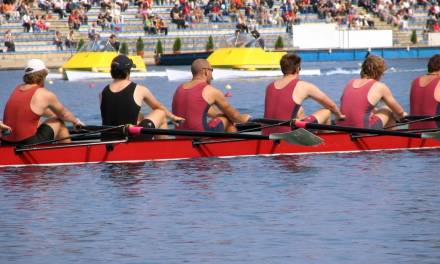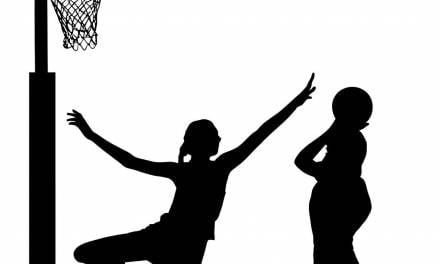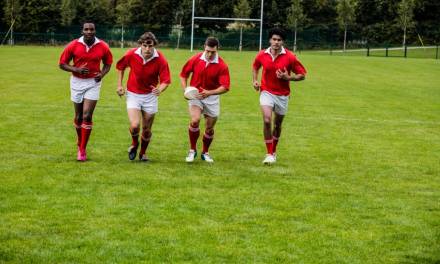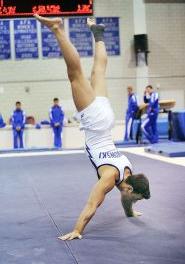State school students are still finding it more difficult to gain entry to the top ‘elite’ sports of rugby union, tennis, cricket and athletics.
40% of the medals won by Team GB in 2012 were secured by athletes who attended fee-paying schools, this is despite such students accounting for just 7% of the population.
But why is there such a clear divide in participation levels in elite sport between those in private education and the rest who are in mainstream schooling?
The official word
A 2012 Ofsted report into the landscape of competitive sport stated that far too few schools recognised the value of competitive sport.
Just 13% of head teachers said that their pupils took part in any form of competitive sport, while only 25% said that their pupils regularly participated in sport outside of school.
However it seems that since 2012 the tides may be slightly turning, as noted by the growth in state-educated Team GB Rio 2016 medallists.
Amongst the 130 medallists, less than a third hailed from fee-paying schools – a drop of four percent from London 2012.
That said, sports such as rowing and hockey remain significantly dominated by private school students, with more than 50% of Team GB’s 2016 line-up consisting of those from private schools.
It simply cannot be right that state educated athletes are so woefully under-represented in our elite sports. Heads who treat competitive sport with suspicion or as an optional extra are not only denying youngsters the clear dividends that come with encouraging them to compete, they are also cementing the social inequality that holds our nation back.
Is elite sport accessible to all students?
The opportunity of playing different sports and the coaching abilities at private schools are, unfortunately, much greater than at the state schools
Sir Steve Redgrave makes a succinct statement in the quote above.
The landscape we’re looking at right now has formed because state-school students aren’t provided with the opportunities to access spots such as rugby union, tennis, cricket and athletics as standard options.
But is access to elite sport really so difficult to create for the majority of state-school PE departments?
If state-students are ever to catch up with their fee-paying peers, a culture shift must take place – one that puts sports at the centre of the school. Sports must be invested in, valued and seen as key to delivering benefits school-wide and across all subjects.
Schools must make time for such sports – not only within the curriculum but also outside of it. These are the actions that will bring about change, and along with a focus on so-called elite sports, will come all the usual advantages of team playing, with pupils who work as teams, and who support and respect one another.










